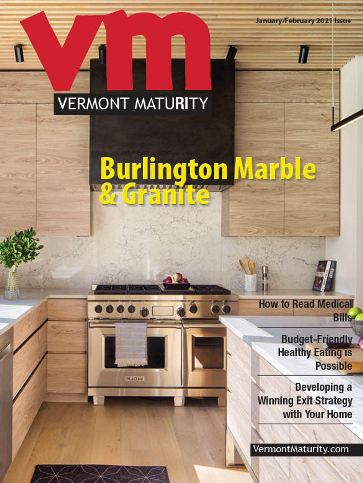
Whether you are planning your first, second or tenth vegetable garden it can be overwhelming. There are so many tasty vegetables and never enough space and time to grow them all.
Start with a plan. Locate your garden in a sunny location with moist, well-drained soil. Save those partially sunny areas for greens like lettuce, chard and kale as well as root crops like radishes and beets. These prefer full sun but will tolerate more shade than tomatoes, peppers, squash, broccoli and other plants whose flowers and fruit we eat.
Review your favorite recipes and make a list of family favorites and those vegetables most often used. Then check the list to see which vegetables are suited to your climate and growing conditions and those that make the most economic sense to include in your garden.
Tomatoes and peppers produce lots of fruit from one plant and are common ingredients in many recipes. Sweet corn is fun to grow but needs lots of space for a relatively small harvest. If space is limited, consider buying your sweet corn at the farmers’ market and use that space to grow other edibles.
Every gardener struggles with determining how many of each type of vegetable to grow. This depends upon the productivity of the variety selected, your family’s eating habits and of course the impact of weather on the harvest. It is always better to start small, build on your successes and expand the garden in the future. Track your planting and harvesting results to help when planning future gardens.
You will need to plant more if you plan to preserve or donate a portion of your harvest. Purchasing vegetables from your local farmers’ market is a way to ensure you have sufficient fresh produce when you are ready to can, freeze and ferment.
Maximize the available space by growing vertically. Train pole beans, peas, tomatoes, cucumbers and even squash and melons up trellises. Growing vertically not only saves space, but also increases disease resistance by increasing light and airflow through the plants. And picking beans at waist height is much easier than harvesting from low-growing, bushy plants.
Increase space with containers. Consider growing some of your frequently used herbs and vegetables in pots on the patio, balcony, or deck for convenience. You can quickly grab what you need when creating your favorite meal.
Grow multiple plantings in each row. Start the season with cool season veggies like lettuce, peas and radishes. Once the temperatures climb and these plants are harvested and enjoyed, replace them with warm weather vegetables like tomatoes, peppers, beans, cucumbers, squash and melons. Finish off the season by filling any vacant rows with fall crops like greens, beets and radishes.
Take some time to plan a garden that will provide with fresh produce you can enjoy all season long.
Melinda Myers has written more than 20 gardening books, including Small Space Gardening. She hosts the “How to Grow Anything” DVD series and the Melinda’s Garden Moment TV & radio segments. Her website is MelindaMyers.com.
Related Articles & Free Vermont Maturity Subscription

Perfume Your Garden with Lilies
Proper Landscaping Boosts Curb Appeal







Comment here